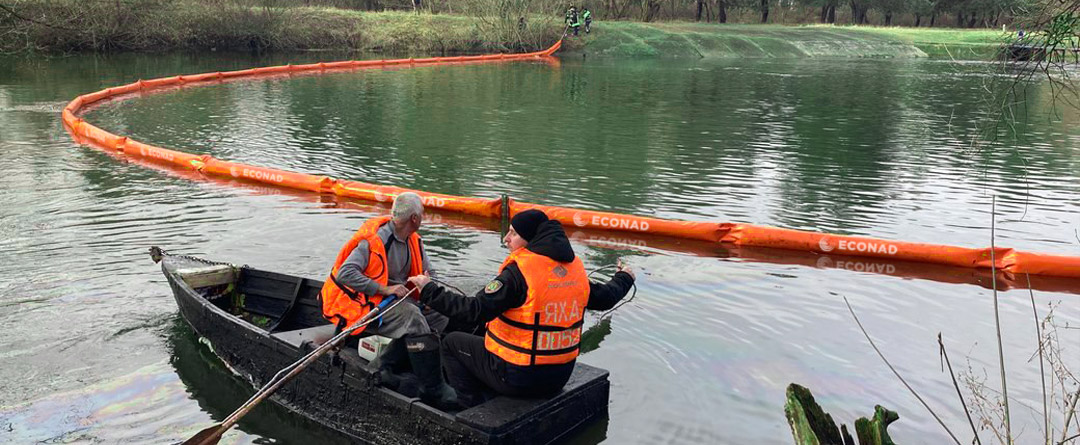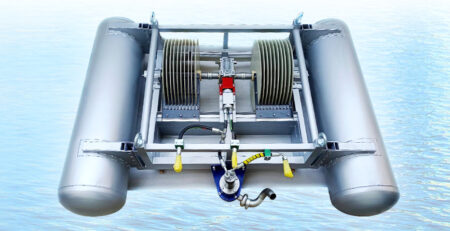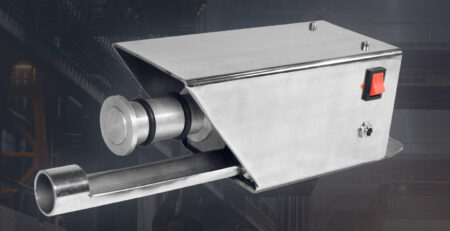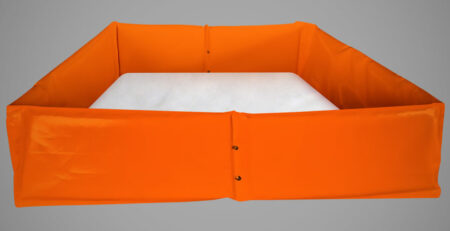Oil containment booms: calculation and effects of forces acting on them
Oil containment booms for collection of oil products on water are subject to a variety of natural forces, including water currents, wind and waves. These forces play an important role in the choice of boom design, installation method and anchoring methods. Correct calculation of the loads acting on the boom helps to prevent its deformation, damage and removal from anchor points.
Calculation of forces acting on barrier booms
The main force acting on the boom is the resistance to water flow. The following formula is used to calculate the approximate force (F) in kilograms acting on a barrier with an underwater area (A) in square meters at a current velocity (V) in meters per second:
F = 100 × A × V²
Calculation example: Consider a 100 meter long boom with an underwater skirt of 0.6 meters subjected to a current of 0.25 m/s (0.5 knots):
F = 100 × (0,6 × 100) × (0,25)² ≈ 375 kg
The analysis shows that doubling the current velocity will result in a fourfold increase in load. This is an important factor when planning to install booms in water areas with strong currents.
Impact of wind on the barrier boom
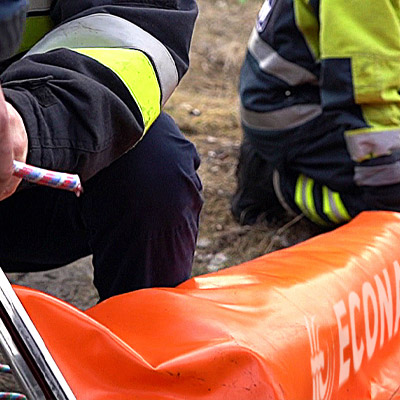
In addition to the current, the wind has a significant effect on the boom, especially on its overwater part. A similar formula can be used to estimate the strength of the wind effect, taking into account that equivalent pressure is generated at a wind speed 40 times higher than the current speed.
Example calculation for a 100 meter long boom with a 0.5 meter overboard at a wind speed of 7.5 m/s (15 knots):
F = 100 × (0,5 × 100) × (7,5/40)² ≈ 175 kg
If the wind and currents are in the same direction, their combined load on the boom will be approximately 550 kg. This should be taken into account when selecting anchoring systems and towing methods.
Effect of waves on containment booms
The effect of waves on booms depends on their amplitude and length. If the boom is flexible enough, it can follow the motion of the waves without significant loads. However, in case of strong waves, the following is possible:
- Sharp loads when waves hit, which may lead to the boom breaking if the materials are not strong enough.
- Deformation of the boom resulting in partial submergence and reduced effectiveness of contaminant containment.
- Decrease of the containment capacity of the boom during heavy wave action, especially if the design is not suitable for the operating conditions.
Practical application of the calculations

To use containment booms effectively, consider:
- Angle of boom placement in relation to the current to minimize loading.
- Use of flexible structures that can adapt to wave action.
- Reinforced materials and connections to prevent tearing under sudden loads.
- Optimal anchoring system to ensure boom stability in difficult conditions.
Conclusion
Calculation of forces acting on booms is an important step in their design and installation. Proper selection of the design, taking into account current velocity, wind and wave loads allows to increase the efficiency of boom use, extend its service life and minimize the risk of failure in difficult operating conditions.

